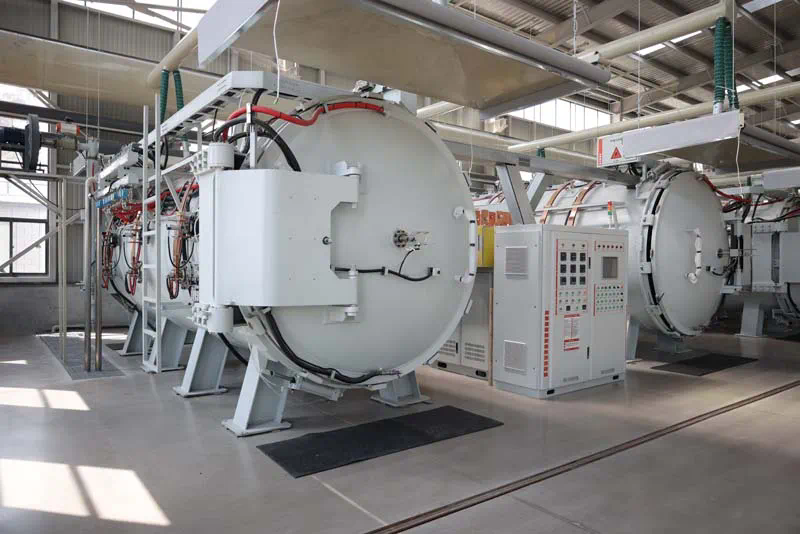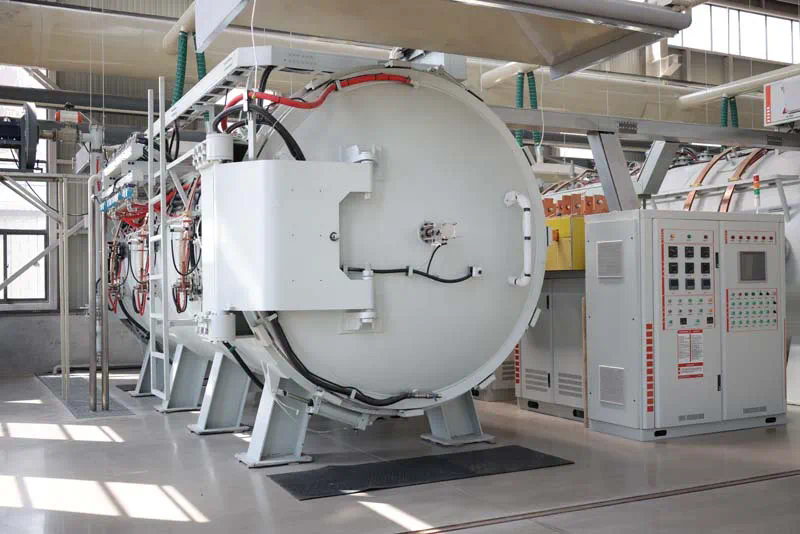Comparing Green and Black Silicon Carbide for Refractory Uses
Silicon carbide (SiC) is a compound of silicon and carbon that has gained significant traction in various industrial applications, particularly in the refractory sector. Refractories are materials that can withstand high temperatures and harsh environments, making them essential for industries such as metallurgy, ceramics, and glass manufacturing. Within the realm of silicon carbide, two primary varieties have emerged: green silicon carbide and black silicon carbide. Each type exhibits unique characteristics and properties that cater to different refractory needs. This article provides a comprehensive comparison between green and black silicon carbide, focusing on their production methods, physical and chemical properties, and specific applications within the refractory industry.
Production Methods
The production processes of green and black silicon carbide differ significantly, impacting their final properties and uses.
Green Silicon Carbide
Green silicon carbide is produced through the reaction of silica and carbon in an electric furnace at high temperatures, typically exceeding 2000°C. The raw materials used are usually high-purity quartz sand and petroleum coke. The process is conducted in an inert atmosphere, which contributes to the material’s distinct green color due to the presence of certain impurities and the formation of alpha-SiC crystals.
Black Silicon Carbide
Black silicon carbide, on the other hand, is produced using a similar method but involves different raw materials and conditions. It is created by heating silica and carbon in an electric furnace, but the resulting temperature is slightly lower than that used for green silicon carbide. The raw materials for black silicon carbide often include lower-grade petroleum coke and silica, which results in a darker appearance and slightly different crystalline structure. The impurities in black silicon carbide can enhance its toughness, making it suitable for industrial silicon carbide tube specific applications.
Physical Properties
The physical properties of green and black silicon carbide vary, influencing their performance in refractory applications.
Green Silicon Carbide
Green silicon carbide is known for its high purity and exceptional hardness, ranking around 9.5 on the Mohs scale. Its crystal structure is primarily hexagonal, which contributes to its superior thermal conductivity and resistance to thermal shock. Additionally, green silicon carbide has a lower coefficient of thermal expansion, allowing it to maintain dimensional stability under extreme temperature fluctuations. Its excellent wear resistance makes it ideal for applications requiring durability.
Black Silicon Carbide
Black silicon carbide, though slightly less hard than its green counterpart, still exhibits impressive hardness levels, generally around 9.0 on the Mohs scale. Its toughness is enhanced by the presence of impurities, making it more suitable for applications where mechanical strength is critical. The cubic crystal structure of black silicon carbide contributes to its toughness, enabling it to withstand rigorous conditions. However, its thermal conductivity is lower than that of green silicon carbide, which may limit its use in certain high-temperature scenarios.

Chemical Properties
The chemical properties of both types of silicon carbide further delineate their suitability for various refractory applications.
Green Silicon Carbide
Green silicon carbide is chemically stable and resistant to oxidation, making it suitable for use in environments with reactive gases. Its low porosity enhances its resistance to chemical attack, which is crucial in applications involving molten metals or corrosive materials. The high purity level of green silicon carbide ensures minimal contamination, making it an excellent choice for high-performance refractories.

Black Silicon Carbide
In contrast, black silicon carbide is also chemically stable but may exhibit slightly higher reactivity due to its impurities. While it can withstand high temperatures, its performance in oxidizing environments may not match that of green silicon carbide. Nonetheless, black silicon carbide’s toughness and lower cost make it a viable option for specific applications where extreme chemical resistance is not the primary concern.
Applications in Refractory Industry
Both green and black silicon carbide find diverse applications within the refractory industry, albeit in different contexts.
Green Silicon Carbide Applications
Green silicon carbide is predominantly used in high-performance refractory materials, especially for applications requiring high thermal conductivity and resistance to thermal shock. Some key uses include:
– Kiln Linings: Its low thermal expansion and high wear resistance make it ideal for kiln linings in ceramic and glass manufacturing.
– Abrasive Materials: Due to its hardness, green silicon carbide is commonly used in abrasives for grinding and polishing applications.
– Foundry Applications: It is also used in foundries for the production of molds and cores, where high thermal stability is essential.
Black Silicon Carbide Applications
Black silicon carbide is often chosen for applications where toughness and cost-effectiveness are paramount. Its applications include:
– Refractory Bricks: Black silicon carbide is frequently used in the production of refractory bricks for steelmaking furnaces and other high-temperature environments.
– Grinding Wheels: Its toughness makes it suitable for grinding wheels, particularly in applications involving metals and other tough materials.
– Non-Ferrous Metal Casting: The lower cost of black silicon carbide allows it to be used in non-ferrous metal casting, providing adequate performance without the expense associated with higher-grade materials.
Market Trends and Future Outlook
The market for silicon carbide refractories is expected to grow in response to increasing demand across various industries. Key drivers include the ongoing expansion of the steel and aluminum industries, which rely heavily on refractory materials. Furthermore, advancements in technology and manufacturing processes are likely to enhance the performance characteristics of both green and black silicon carbide.
Sustainability is also becoming a pivotal consideration in the refractory industry. As industries strive to reduce their environmental footprint, the demand for sustainable materials will rise. Both types of silicon carbide are derived from abundant natural resources, making them relatively sustainable options compared to other refractory materials. Future research may focus on improving the recyclability of silicon carbide refractories and reducing energy consumption during production.
Conclusion
In summary, the choice between green and black silicon carbide for refractory applications depends on various factors, including the specific requirements of the application, cost considerations, and desired performance characteristics. Green silicon carbide excels in high-performance scenarios requiring purity and thermal stability, while black silicon carbide offers a more cost-effective solution with enhanced toughness. Understanding these differences allows industries to make informed decisions that optimize performance and efficiency in their operations. As the refractory market evolves, both types of silicon carbide are poised to play crucial roles in meeting the demands of modern manufacturing processes.
https://ortumeta.com/
